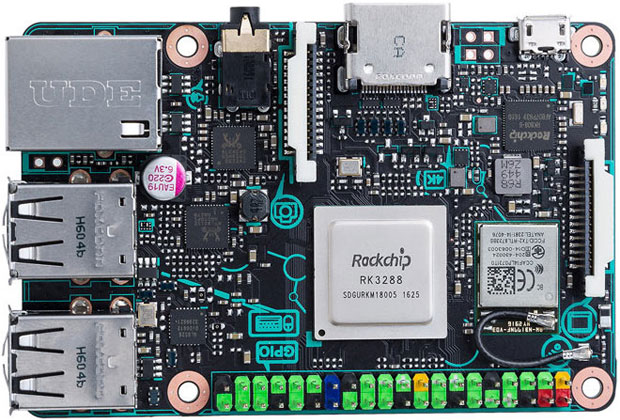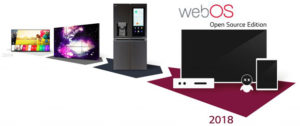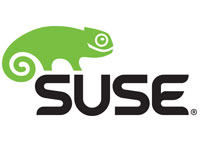Just when you thought Raspberry Pi couldn’t be knocked from its market-leading perch, along comes Asus with a rival device that may give the Pi a run for its relatively little money.
Asus just launched its own low-cost computer, the Tinker Board, which is being sold in the UK and continental Europe for about US$57. Its features could interest open source enthusiasts in doing a little comparison shopping before deciding on a new device.
The Tinker Board features a quad-core 1.8GHz ARM Cortex A-17 CPU with ARM Mali-T764 graphics.
The device includes four USB 2.0 ports, a 3.5 mm audio jack connection, CSI port for camera connection, a DSI port for HD resolution, a micro SD port and contact ports for PWM and S/PDIF signals.
The Tinker Board supports the Debian OS with Kodi.
A power supply is not included.
Rival or Response
“The Asus Tinker Board is not so much competition as extension of the Raspberry Pi ecosystem, and deeper it shows an extensible ARM ecosystem as well,” said Paul Teich, principal analyst at Tirias Research.
The Tinker Board runs a faster processor and like the Pi 3 model, implements WiFi and bluetooth wireless connectivity, he noted.
“I don’t believe anyone in the Raspberry Pi ecosystem is writing or using 64-bit software, so the Pi model 3 upgrade to ARMv8 is a bit mystifying, other than the BCM2837 processor was cheap, fast and available now,” Teich told LinuxInsider.
“The Asus part is substantially more powerful and uses about 25 percent more power,” observed Rob Enderle, principal analyst at the Enderle Group.
The Asus system outputs 4K video, while Raspberry Pi uses HD, he noted.
“This means the Asus part will perform far better when the performance requirement is higher and the need to keep energy cost down is lower,” Enderle told LinuxInsider.
The embedded space has proven to be relatively lucrative and can be a jumping-off point for even bigger markets and technology partnerships, so it’s likely other manufacturers will enter this space as well, he suggested.
Power Play
The release comes about a week after the release of the Compute Model 3 from Raspberry Pi. That model is aimed squarely at expanding the range of the device to industrial uses and for the growing IoT audience.
The Compute Model 3’s standard model is priced at $30, and the Compute Model Lite is priced at $25. It has the same processor and RAM as the standard, but brings the SD card interface to the module pin, which allows users to connect it to an eMMc or SD card.
The original Raspberry Pi’s price was reduced to $25 when the Compute Model 3 launched.
There has been demand in certain industries for a low-cost open source computer that provides robust capabilities for manufacturing and technical demands.
“We don’t see much mainstream enterprise demand for this type of compute model,” said Jay Lyman, principal analyst at 451 Research, following the Compute Model 3’s release last week.
However, he told LinuxInsider, “we do think it is an attractive model for researchers and other HPC end users that are able to assemble and manage powerful compute capabilities for much less money and resources than is typically associated with supercomputing.”





















































